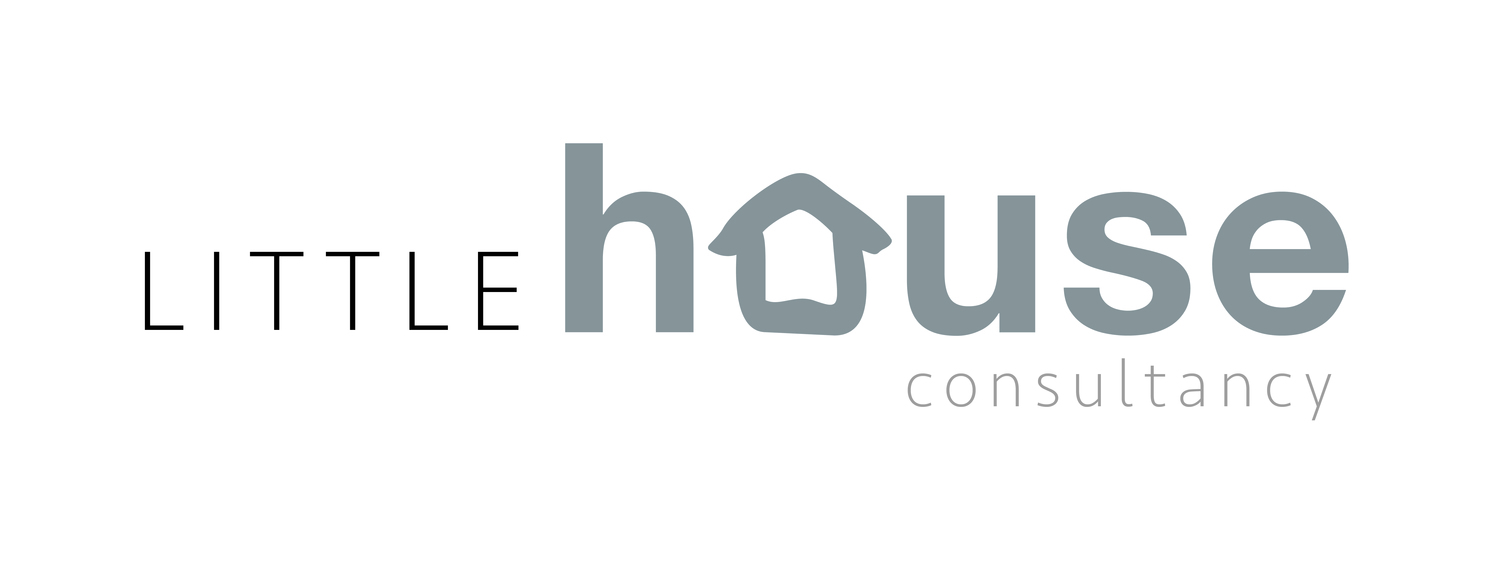6) Minimum Viable Product for your “Super Fan” to use.
This is probably the most important Minimum to define and build. It allows you to answer “Do any unforeseen practicalities affect your value proposition?”
What is truly needed for a single individual to road-test your brilliant solution to their problem? Be ruthless, focus on the core loop. Why build Dashboards when you haven’t even worked out how the core functionality works?!?! This is the hardest “minimum” to build, but could very well be the crux of getting your product to launch! The key point of this “minimum” is that an end user can perform the real world activity for themselves.
It can be quite contentious as whether something is needed or not… keep focus on the key user of the system - the persona who gets the work done. You might need some reports, bells and whistles and USPs to push someone to buy your product, but if doesn’t actually do the core job well you might as well forget it for this target.
A useful example is to look at an existing product and retrospectively see if you can see what would have been needed to create this “minimum”. Take “twitter”: no need for notifications, no need for DM, no need for embedding images or tinyURLs. In fact, a true minimum would have worked with an imaginary list of “follows”. All you would need is the ability to enter some text and “tweet” it, and then the ability to see a list of the other “virtual” user’s tweets.
